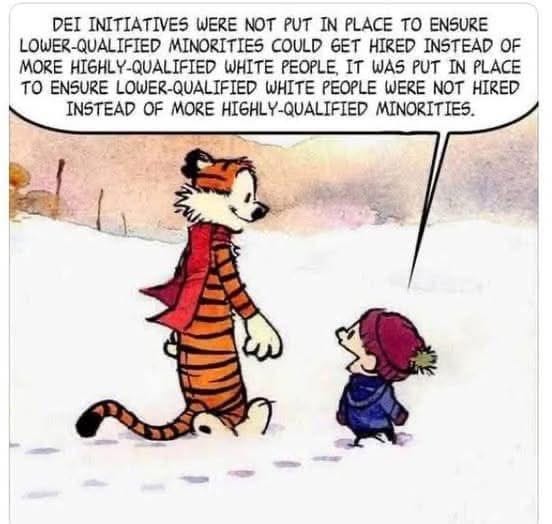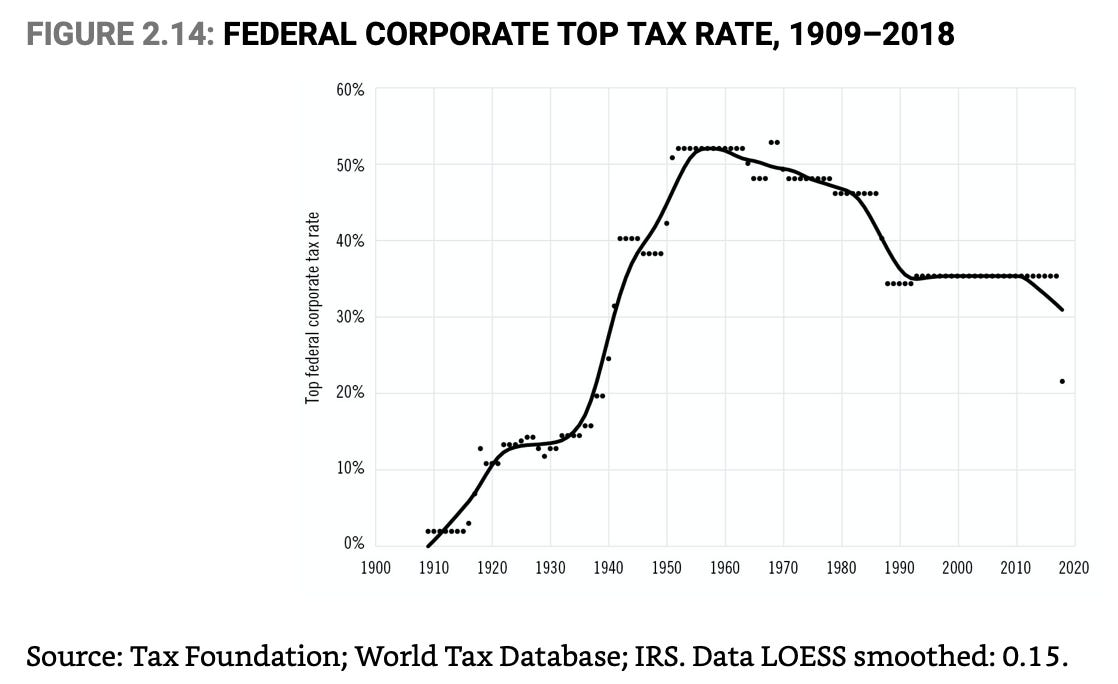The MAGA Downswing
The time of "American greatness" doesn't match MAGA policies
Recently I had the opportunity to hear Robert Putnam speak about his most recent book, The Upswing. Like his writing in Bowling Alone, Putnam continues to focus on the fragmentation of community in contemporary society. At the talk I attended, he noted that our society continues to become increasingly individualistic, less equal, and more polarized. He looked back to the 19th century Gilded Age and to the early 20th century to show similarities to today. This wasn’t the focus of his talk, or his book, however. In between then and today, was, in part, a peak of American society in terms of economics. The mid-20th century was more egalitarian, with more cooperation and more generosity than at any time in our history. (I’ll speak to racism and sexism in a moment.) In The Upswing, Putnam concentrates on how we rose from the Gilded Age to this peak.
As Putnam scrolled through a presentation of graphs comparing economic and social measurements of prosperity (or the lack thereof) and described this evolution of our society, I was struck by comparisons to the politics of today. Most of the statistics he presented were familiar to me. But the continuing scroll and juxtaposition with today’s political situation brought together a series of thoughts about MAGA, the goals of this political movement, and the contradictions of their goals and their preferred policies.
Make America Great Again. Nebulous enough to sound enticing and not specific enough to allow direct confrontation with the phrase alone. What does it mean? When were we at our height of greatness? To many opponents of MAGA it is a call for a return to a pre-civil rights era of outright and government institutionalized racism and sexism. MAGA is racist and sexist in their condemnation of policies intended to promote diversity, equity, and inclusion. These policies aren’t meant to put one group ahead of another but to make sure that all groups get a fair shake in society as this cute mockup of a Calvin and Hobbes cartoon displays.
MAGA is also a call to economic populism – a call to the underprivileged to rise up. To return to the days and policies of yore in order to bring about a more prosperous time for the masses today. To a time of small government that does not impede individual success and individual choice. A government that allows individuals to rise to their station in life by their own actions and not by “government handouts.” That is their call, in part.
But when was this time? To most MAGA supporters, I think it harkens to the mid-twentieth century, post-World War II period but prior to the inflation and energy crisis of the 1970s and the recession of the 1980s. So, what did this post-WWII period look like in the graphs that Putnam presented? Was it a time that matches the goals and policies of the MAGA movement? In large part, no. Although this isn’t the focus of his book, the data Putnam displays in the Upswing about circumstances and policies from the 1950s-1970s look nothing like what Trump and his allies are calling for in their policies.
Our society was far more equal in the two decades after WWII than it is today. This is part of the MAGA frustration. And, those in opposition to the MAGA movement are frustrated as well. Income equality and wealth equality both peaked in the 1970s. And the period from the 1950s to this peak was far more equal than today. Very few people who voted for either Trump or Harris this past fall would object to more equality. (Importantly, this was not a period of equality for people of color or women. So we need to be careful to not truly laud the equality of this period.)
Economic mobility was far greater during this time period as well. In 1965 over 90 percent of children rose to earn more than their parents. Today this number is barely above 50 percent.
So what is the MAGA solution to these problems? How do we regain this equality of income and wealth and allow for a return of economic mobility? Trump and his allies say, give people more choice. Deregulate society. Discourage unions so that corporations are more flexible. Lower taxes so people and firms aren’t too encumbered by contributing to the social safety net or other government ventures. Let corporations earn so that all will prosper. All of these ideas are contrary to the policies that were in place at the height of the era that MAGA wishes would return.
Union membership peaked in the 1950s. The percentage of union members in the workforce was three times greater in the 1950s than it is today. The progressiveness of the federal income tax also peaked in this time period. The difference between the top and bottom tax rate was over 60% in the 1950s. Rich people paid their share to help those with less. Corporations paid too. Before the Kennedy administration tax cut, the top corporate tax rate was over 50 percent. If the Trump administration wants to make America great again by changing our tax system to match the glory they see in the 1950s, they’re moving in the wrong direction by cutting taxes.
Other elements of our safety net are moving in the wrong direction too. Government spending for needy families (AFDC and then TANF after 1996) peaked in the late 1960s. In real dollar (inflation adjusted) terms our minimum wage peaked in the same time period. Again, we helped those at the lowest end of the income spectrum far more then, than we do today.
Regulation of financial markets is lower today than at any time in the 20th century. Again, financial regulation peaked in the time period that Trump longs to return us to. Yet, his policy statements emphasize how regulations harm prosperity. He wants to free the financial industry and remove consumer protections by minimizing or eliminating the Consumer Financial Protections Bureau and perhaps the FDIC which insures our bank accounts up to $250,000 and helps to prevent bank runs.
So what is the point of all this? Very few will argue that our society doesn’t have problems. We lack general prosperity across the board. Inequality is rising. We lack socio-economic mobility compared to our parents and (in most cases) our grandparents. We are worse off on these measures relative to other wealthy nations too. On the plus side, the civil rights movement created less discrimination against people of color and women than we had in the early to mid 20thcentury. But better than 50 years ago is a very low bar. Outright and structural discrimination still exist and any amount is too much!
How do we fix our economic problems? I hope that you will agree that this is a topic too big for one newletter post! However, it’s clear that the policies the MAGA movement advocates look nothing like the time that they claim was great. If anything their policies are taking us farther and farther away from the period they view as our peak. Instead of creating a new upswing, MAGA policies are taking us farther along the downswing.
Troy Tassier is a professor of economics at Fordham University and the author of The Rich Flee and the Poor Take the Bus: How Our Unequal Society Fails Us during Outbreaks.
*All graphs in this newsletter are from Chapter 2 of The Upswing: How America Came Together a Century Ago and How We Can Do It Again by Robert Putnam.











Really thoughtful post! I find it's so helpful to understand what drives a certain group or party's underlining need. What I'll be curious to see unpacked is how to communicate this information to those who are supporting policies that work in opposition to what they are seeking? All of this clashes up against a lot of misinformation and disinformation, as well as polarization of not only politics but information sources, making it harder to reach various individuals within the U.S. Really enjoyed this piece!
Thanks for this article! Exactly the kind of information I was looking for and would have wanted to write myself! :) I found it linked from here: https://www.msnbc.com/opinion/msnbc-opinion/trump-tariffs-manufacturing-jobs-stock-market-rcna200058